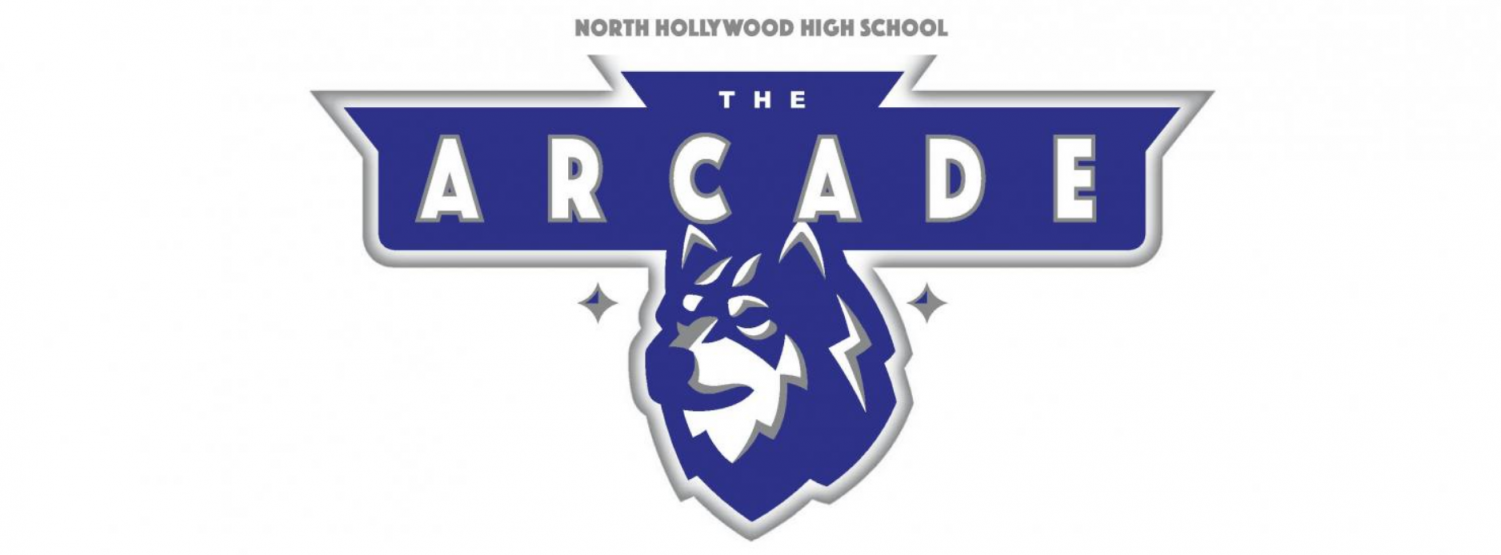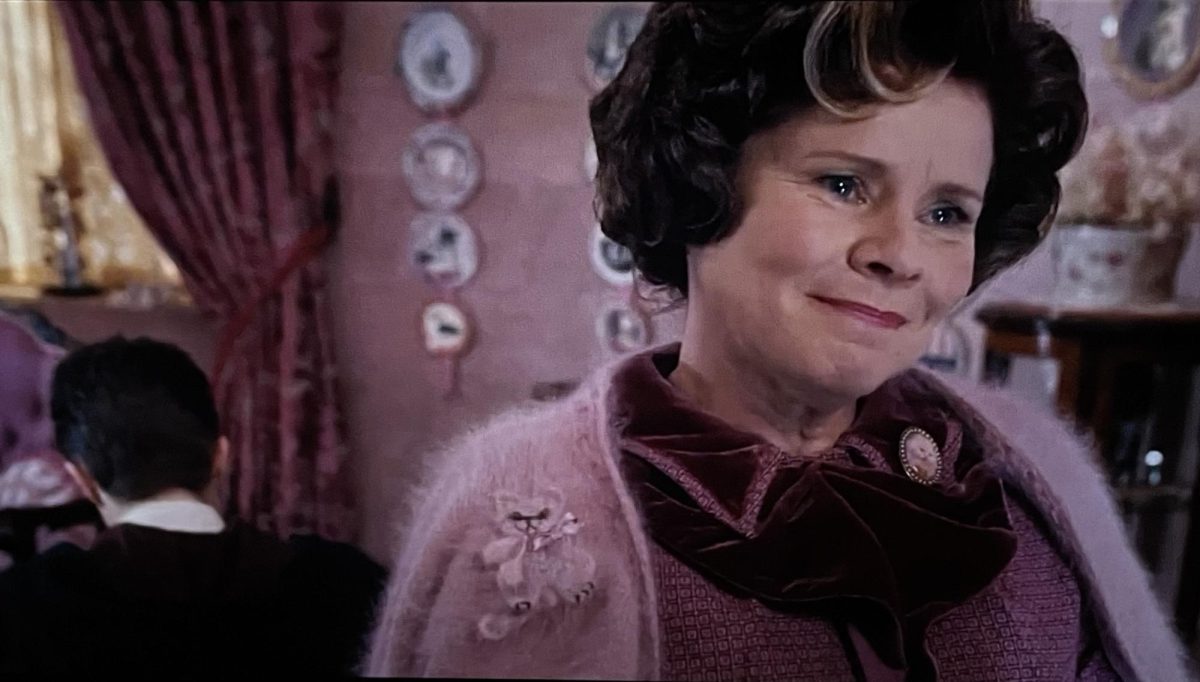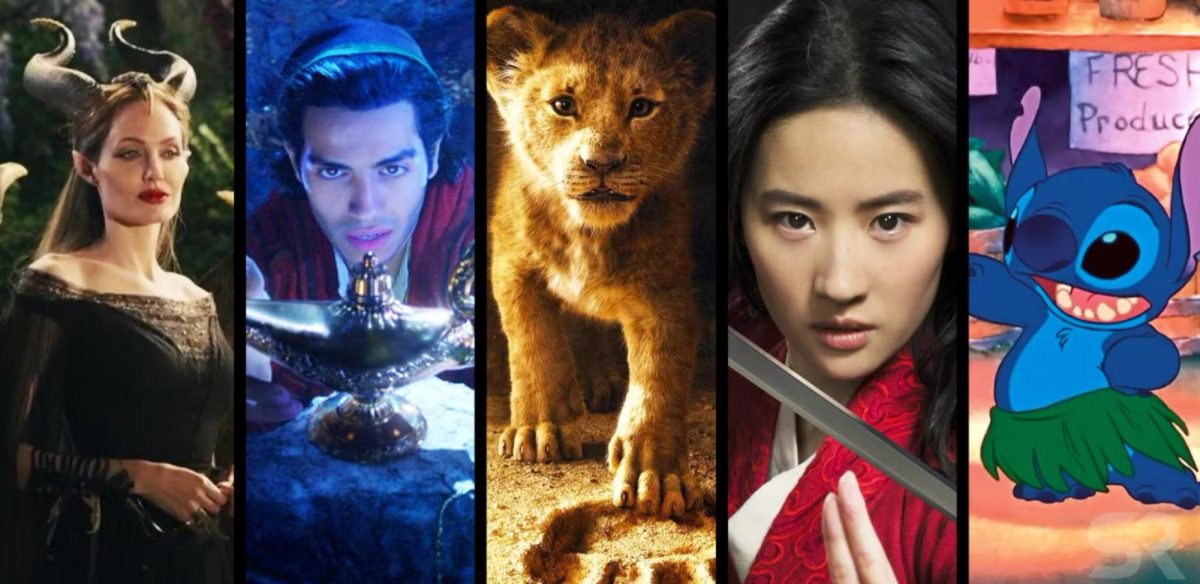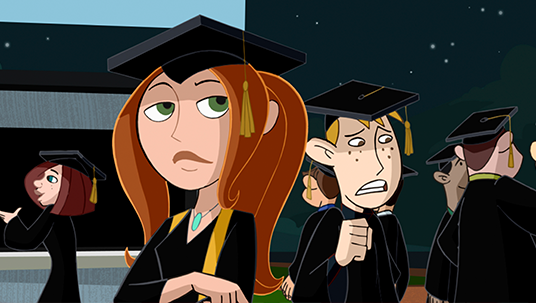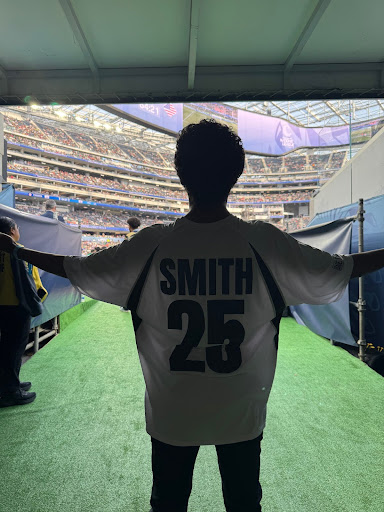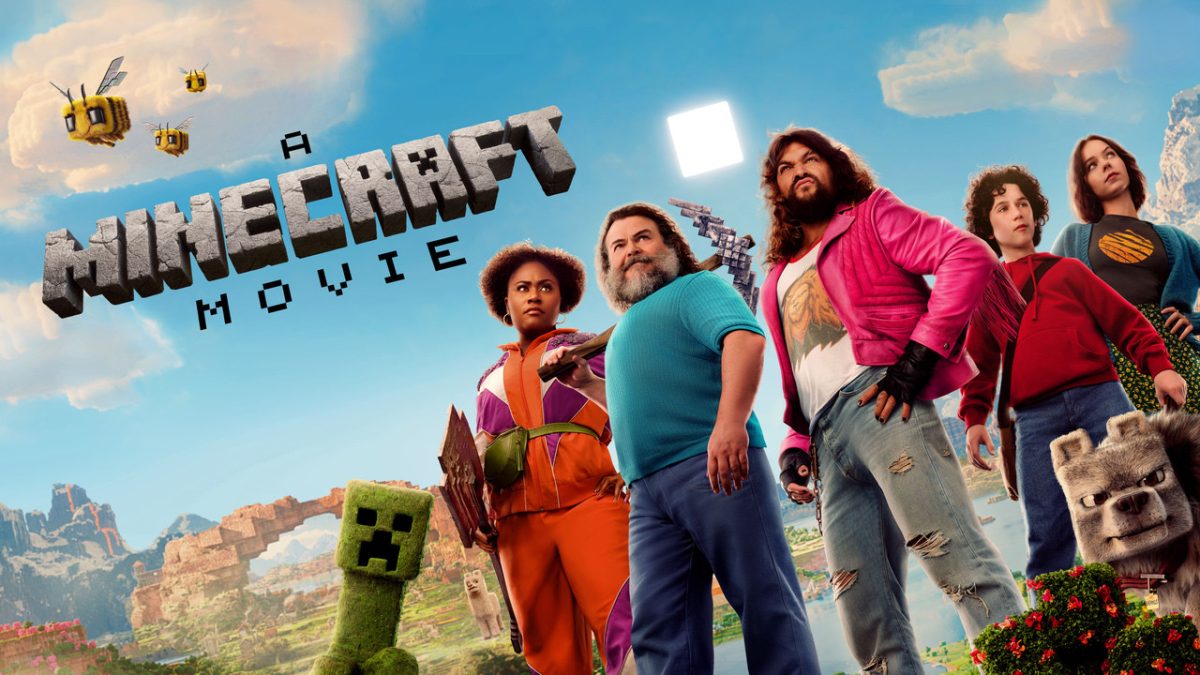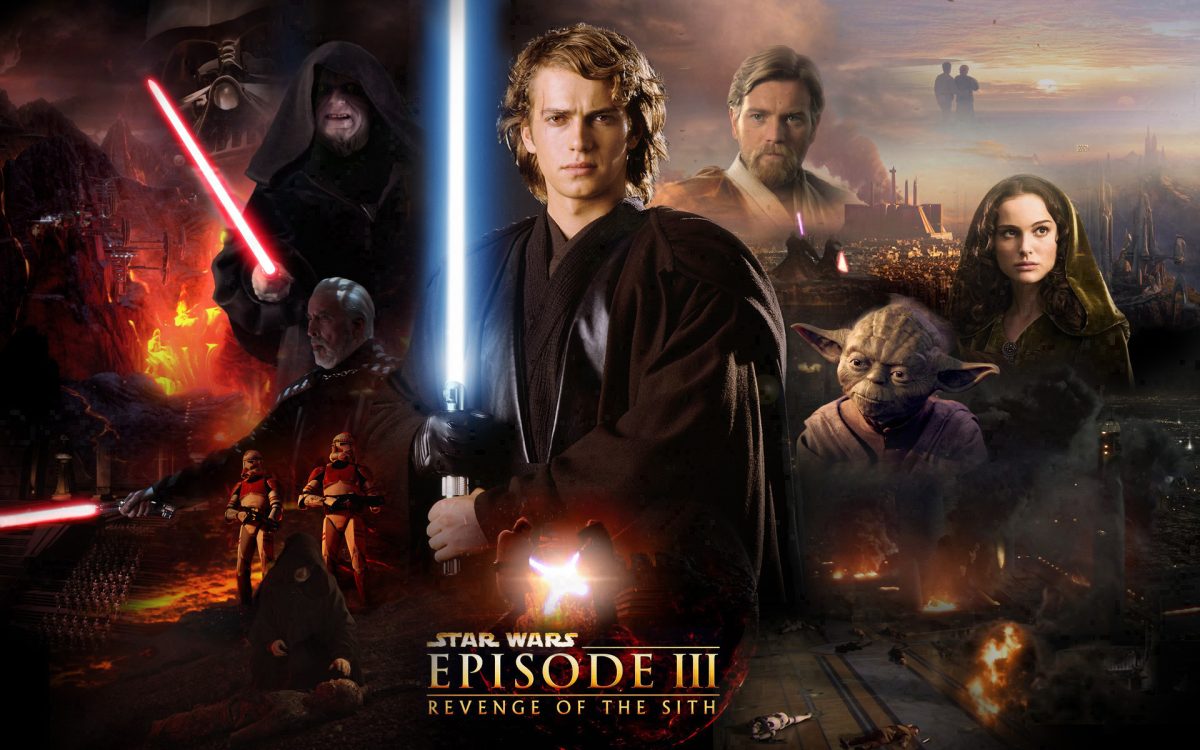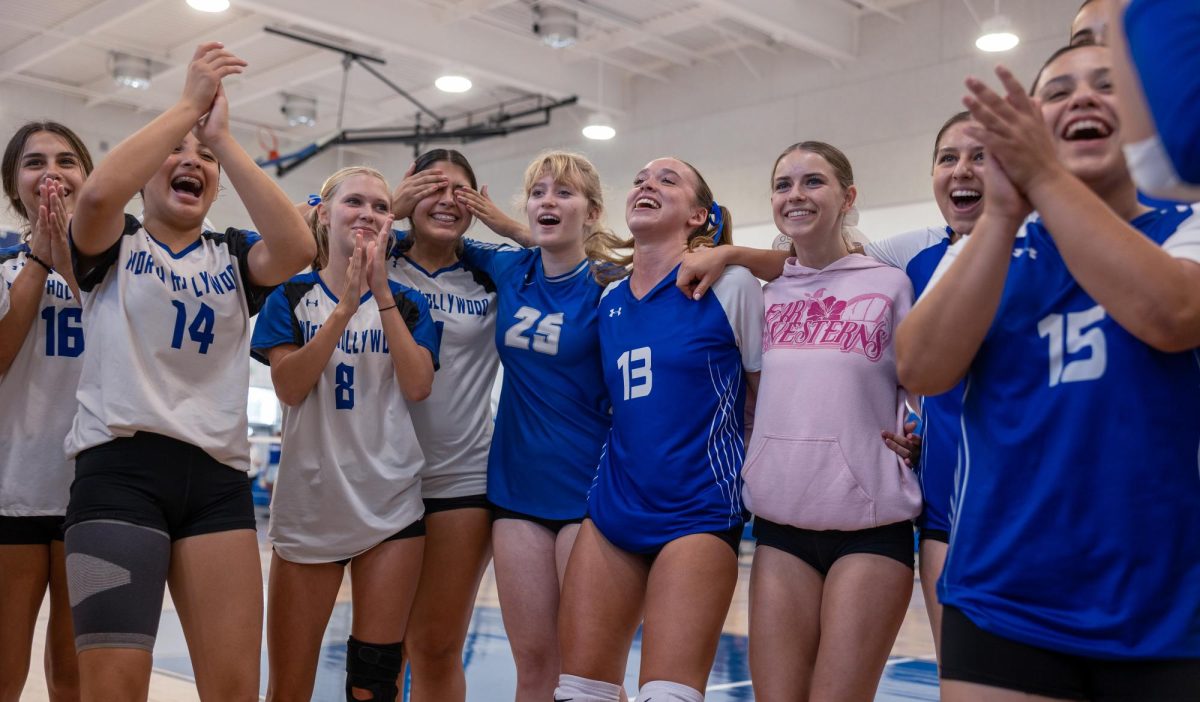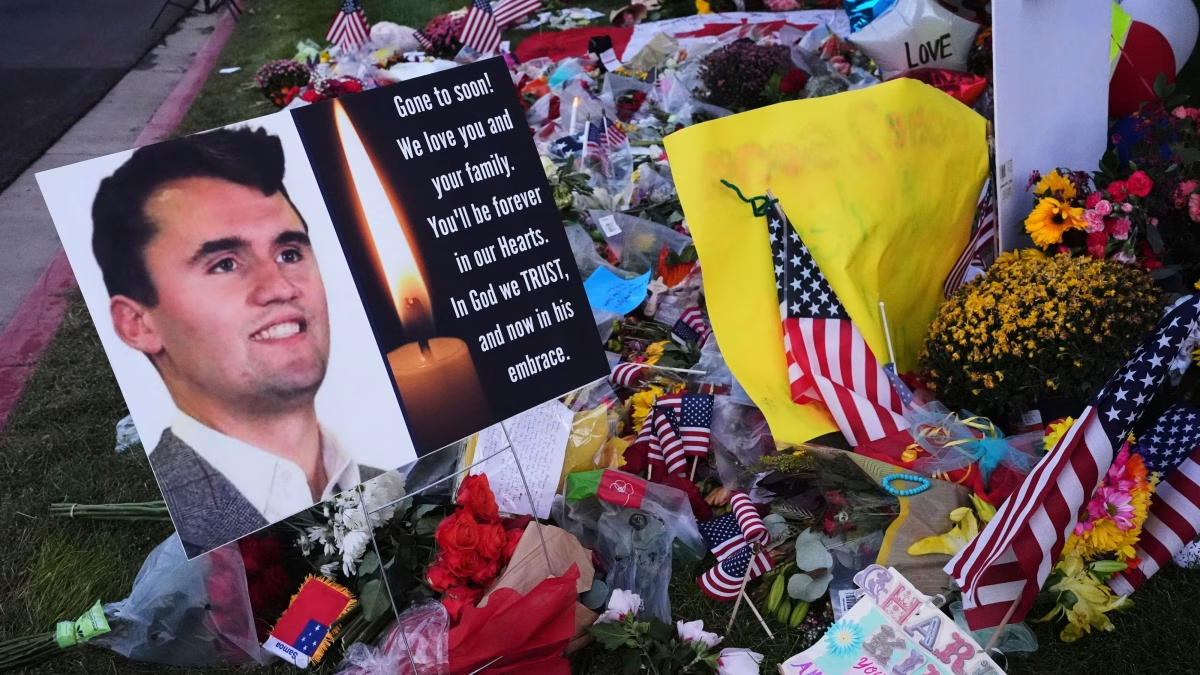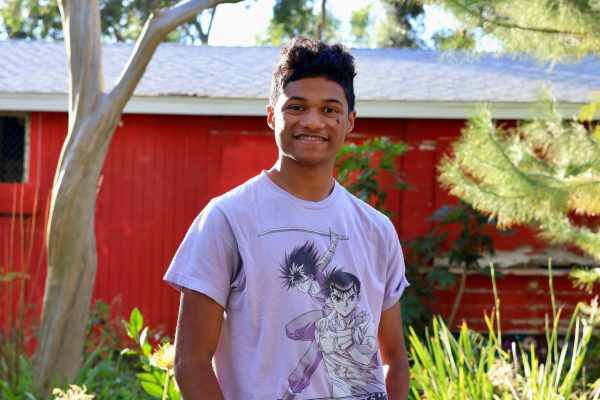When Marvel fans gathered to witness the culmination of over a decade of storytelling in “Avengers: Endgame,” they stepped into a universe filled with emotional stakes and heroic sacrifice. But how does this cinematic spectacle compare to the rich tapestry woven in the comics? While both mediums deliver thrilling narratives, the contrasts in character development, thematic depth, and emotional resonance reveal that the comics often offer a more nuanced experience.
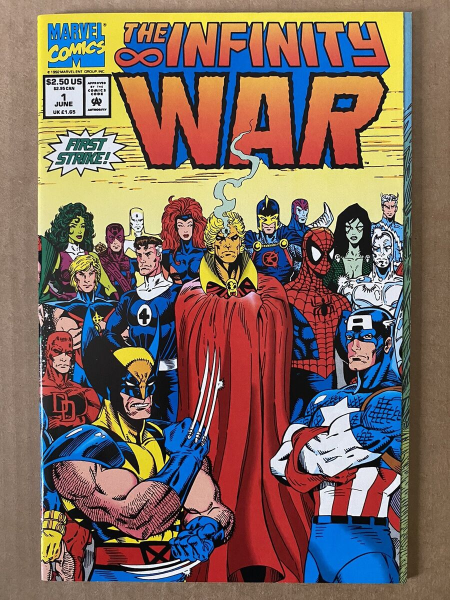
In the comics, characters like Iron Man and Captain America enjoy extensive backstories that unfold over many years. Tony Stark’s evolution from a self-absorbed weapons manufacturer to a hero driven by guilt and responsibility is meticulously explored in arcs like “Civil War.”
This gradual transformation adds layers to his decisions, making them resonate deeply. In contrast, the film adaptation condenses this journey, leaving some audiences feeling that Stark’s motivations are rushed. Similarly, Captain America’s quest for identity in a modern world is more pronounced in the comics, particularly in “The Winter Soldier,” where his past and values collide with contemporary issues.
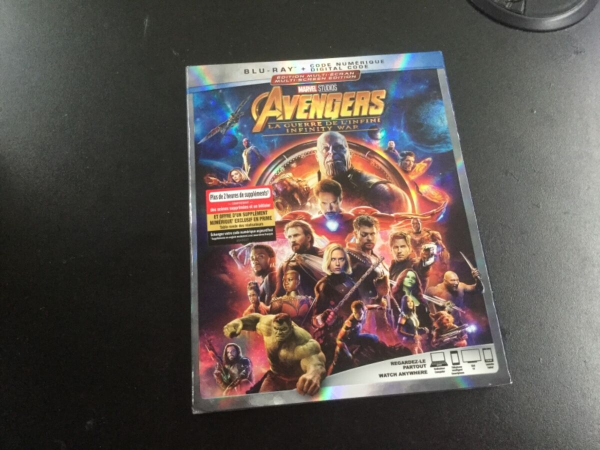
Thanos serves as a prime example of the divergence between the two formats. In the comics, his motivations are intricately tied to his obsession with Death, granting him a tragic, philosophical edge. This complexity elevates him beyond a mere villain. Conversely, in the film, his goal of achieving balance in the universe comes across as simpler and less nuanced, transforming him into a more conventional antagonist.
Time travel is another pivotal element of Marvel media, yet its treatment varies significantly. The comics delve into complex paradoxes and moral dilemmas, examining the repercussions of altering history in detail, especially in the “Infinity War” storyline. The film opts for a more straightforward approach, focusing on immediate objectives rather than the intricate consequences, which can dilute the narrative’s intensity.
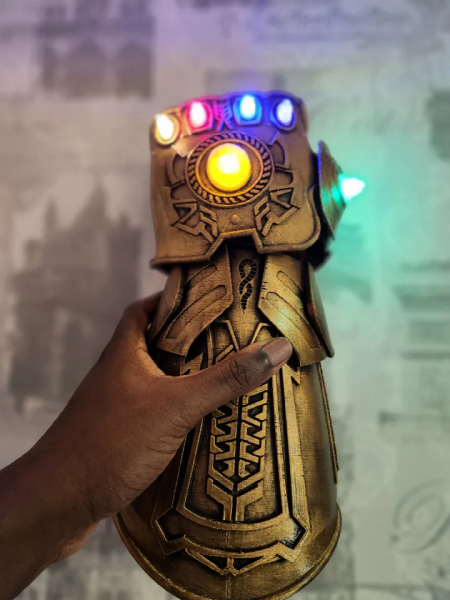
The iconic hero assembly scene differs in scope between the comics and the films. In the “Infinity Gauntlet” comics, a diverse array of characters, including lesser-known heroes, unite against Thanos, creating a sense of a larger universe. The film, while thrilling, primarily features the core Avengers, which can diminish the impact of certain moments for comic fans who expect a more expansive roster.
Perhaps the most significant difference lies in the emotional stakes of character deaths and sacrifices. In the comics, these moments carry profound weight due to extensive character development over time. For example, Gamora’s death resonates deeply because of her intricate relationships, particularly with Nebula. In contrast, while her death is tragic in the film, it lacks the same depth. Similarly, Iron Man’s sacrifice is impactful, yet the film does not fully explore his connections with characters like Peter Parker, where their bond is developed over numerous stories in the comics.
In conclusion, for those well-versed in the comics, “Avengers: Endgame” often feels like a condensed version of a richer narrative. While the film is visually stunning and entertaining, it tends to overlook the emotional and thematic layers that make the original comics so compelling. The simplification of Thanos’ motivations, the omission of certain characters, and the lack of exploration of key relationships contribute to a different, often less fulfilling experience for comic fans.
